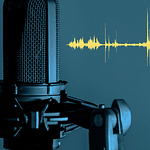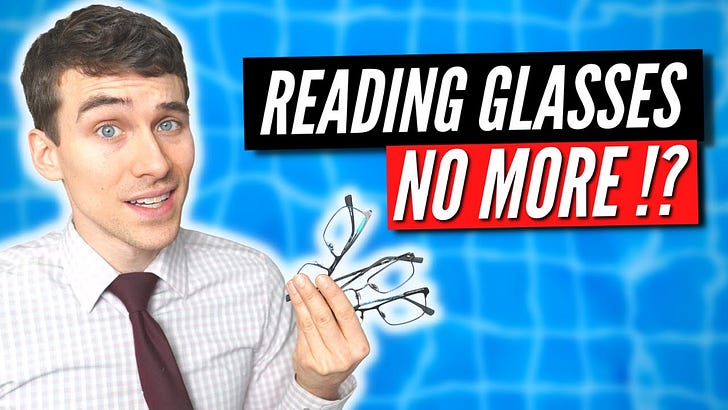
Photo by Markus Spiske on Unsplash
With most chatbots, you know you're talking to a machine. But what if you didn't know?
That was the fascinating premise of a book written about a decade ago called 'The Most Human Human'
There's a competition held every year to figure out how far chatbots have progressed.
On one side are three people selected to be judges.
One the other are two chatbots and a human
The judges have to figure out if they are chatting with a bot or a human.
A five minute conversation has to be conducted on the keyboard. One after the other. No talking or live conversations.
The author was with the chatbots. He had to convince the judges sitting on the other side that he was human
Ridiculous, right?
That's the whole premise of the Turing test.
If one of the judges made the wrong call and thought the bot was human, a major milestone would have been crossed.
The book takes you deep inside how conversations are constructed
How we use words, pauses and greetings to great effect.
And for the author, it was a unique challenge.
To convince the judge he was human.
Here’s more about the book “The Most Human Human”
Try this experiment. Make your own newspaper.
What does the next generation of news publishing and consumption look like? Tweets!
In the early days, it was about vanity updates and personal broadcasting
Then the Arab Spring happened. And tweets became the news lifeline in the countries going through it.
How do you create your own newspaper?
Google 'How to use Lists on Twitter' or 'Tweetdeck'
Separate the people you follow into chosen topics or lists.
And build Twitter feeds made specifically for you.
Define your range of interests. As widely or as narrowly as you like
Choose your own 'writers' or 'journalists'
However, they tweet whenever they please.
That's part of the experiment. News doesn't happen on a schedule, right?
So, you don't get it on your doorstep every morning.
There are no headlines or sections to flip through
But you'll get stuff that's not available on any mainstream newspaper
You wade as deeply or lightly as you want into preferred streams of thought
Science. Politics. Technology. Movie stars. CEOs. Educators. Sports. Philosophers.
Try people who can teach you something new. Expand your expert circle.
Make your own newspaper. Local. Global. The mix is up to you.
A guide to using Lists on Twitter
How to broadcast on customer frequencies
Customers are very effective at tuning out brand messages
You won't get through when they aren't interested.
No matter what you try.
But there's a point at which noise becomes the signal.
Remember the static between radio stations?
That's precisely how customers navigate.
When they tune in, noise becomes the signal.
Sometimes, you'll hit prime time with the messaging
On others, you'll miss completely.
So, you'll have to keep broadcasting at multiple frequencies.
Because your customers tune in only when they are ready
And your messaging has to be consistent.
Does that sound crazy? It does because that's how it works.
What's noise today could be the signal tomorrow.
When customers pay attention.
Customers have short attention spans for things they have no interest in
They have no use for regular brand messaging
When they're interested in what you're selling, they're focused 100%
Locked in and ready to spend
You can't choose your customers.
They choose you.
From the sea of noise and messaging around them
Think of branding as broadcasting.
You have to be on air as much as possible
But you won't know who will tune in. And when.













Share this post